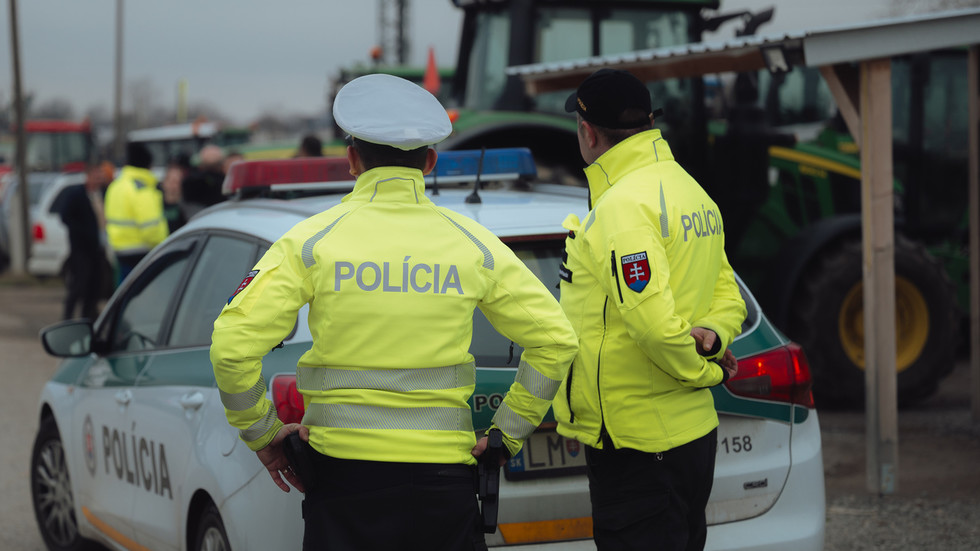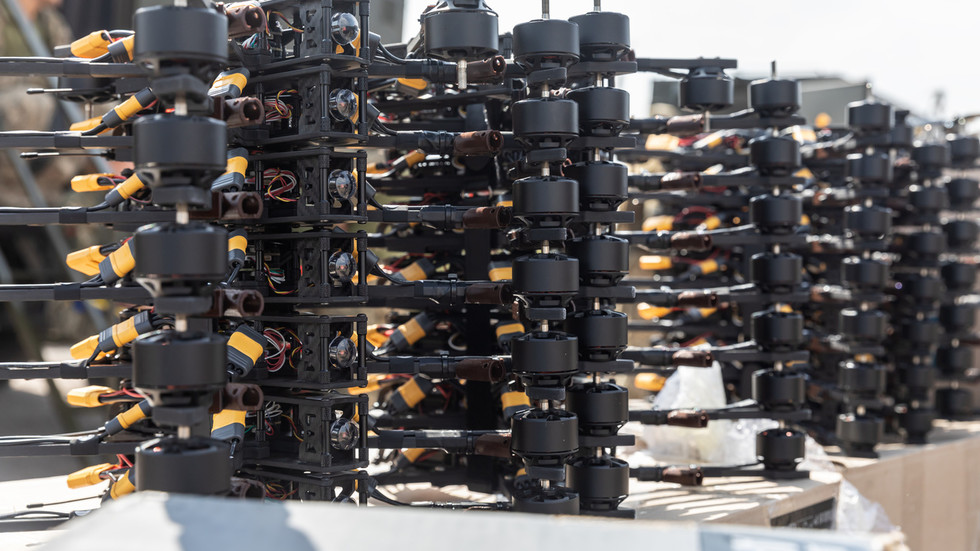The money that we use to buy things is only printed paper or stamped metal. If the payment is electronic, as is increasingly the case, then it's no more than electronic data. Money's actual value comes from the trust we have in it: Every person should be able to count on the fact that the paper or metal they possess is worth precisely what it has been marked as being worth.
Counterfeit currency causes economic damage that affects everyone. Anyone who happens to be paid with counterfeit money or receives it as change, bears additional costs, as it can be confiscated by law enforcement authorities and there is no right to financial compensation. States take money counterfeiting seriously: Money forging is no petty crime.
Long investigation, big success
On Wednesday, German press agency dpa reported that Spain's National Police had busted a money counterfeiting ring that had allegedly been putting fake €2 coins into circulation all across Europe. With the help of the pan-EU police organization Europol, the Spanish authorities were reportedly able to uncover a counterfeit workshop in the central city of Toledo that they described as "the most important in Europe over the past 10 years."
 Toledo, located in central Spain, was the site of a major money counterfeit ring Image: Rudolf Ernst/Zoonar/picture alliance
Toledo, located in central Spain, was the site of a major money counterfeit ring Image: Rudolf Ernst/Zoonar/picture allianceThe ring reportedly brought nearly 500,000 coins "of high quality" onto the European market. Ten individuals, all Chinese nationals, were reportedly arrested. Spain's National Police said they had been investigating the case for six years, and described the investigations as "extremely difficult and drawn out, not least because of the secretive nature of the organization, and also the near impossibility of being able to follow a trail, which is characteristic for forged coins."
Even though the total economic damage in this particular case is not very significant (half a million forged €2 coins is only worth around €1 million), the police operation should not be underestimated. Someone who is able to successfully bring forged coins into circulation over a long period of time while going undetected can expand their energies and expertise. A key aspect here is the psychological importance of being able to reassure citizens that their money is safe and will maintain its value.
Coins are relatively safe
It is relatively easy to identify counterfeit bills. The security measures that have been implemented by central banks are sophisticated and have been well communicated. Almost everybody is familiar with these "security features," from the security thread to the hologram, the background that is difficult to copy to the paper quality — or at least they think they are familiar with them. There are definitely individuals who will overestimate their identification skills.
It's a little different for coins, since they lack a hologram or a security thread. But even such "petty change" has characteristics that forgers often can't replicate and that are therefore worth paying attention to.
 The real deal: A €2 coin marking the 1,275th birthday of Charlemagne
The real deal: A €2 coin marking the 1,275th birthday of CharlemagneHow do I recognize fake coins?
In Germany, the Bundesbank, or Federal Bank, is responsible for making German euro coins. The page on its website entitled "Leitfaden Münzen" (Guidelines Coins) contains descriptions on coin security.
"One doesn't need to be a coin expert to tell counterfeit coins apart from real ones," it reads. The bank provides concrete ways to evaluate coins. This is no problem for professionals, since there is a single Europe-wide test that can be done with a certified coin detection device. "Devices that have been successfully tested are available on the website of the European Commission," reads the bank's page on money testing devices.
 Unless you're an expert (anti-)counterfeiter, it's helpful to know some useful tips to keep an eye out for fake coins Image: Zeljko Lukunic/Pixsell/IMAGO
Unless you're an expert (anti-)counterfeiter, it's helpful to know some useful tips to keep an eye out for fake coins Image: Zeljko Lukunic/Pixsell/IMAGOOf course, this doesn't help the common person much. So the bank recommends paying attention to "the first impression." On a real coin, the imprinted image clearly rises above the rest of the coin's surface, and all contours can be clearly seen, the bank writes. Caution is called for if this isn't the case: The image on counterfeit coins is often poorly imprinted, while the surface can be scarred and contain spots, flecks, lines or notches, the website says.
Another feature also merits attention: For reasons of security, and also to make it easier for blind individuals to distinguish between coins, the coin edge has a characteristic notching. The bank guidelines explain that the symbols imprinted on the edge of coins are often indistinct and covered by the notching on forged coins in comparison to real €2 coins, where they can be clearly made out; the distance between the symbols and words on the edge of the coins also differs when forged versions are compared to real ones.
Trick with the magnets
The Bundesbank seems to believe that everybody walks around with a magnet in their pocket. While this is likely not the case, its tip about using magnets is nonetheless helpful. "Due to a special security material, the middle section of one and €2 coins is slightly magnetic. This means the coins are lightly picked up by a magnet and will fall off if the magnet is shaken lightly," the bank writes in its guidelines.
However, "The outer ring of real one and €2 coins, as well as 10, 20 and 50 cent coins is not magnetic," the guidelines continue, adding that, "Real one, two and five-cent coins made of copper-plated steel are highly magnetic." Perhaps in addition to a magnet, it's also advisable to walk around with a note in one's pocket that lists all the characteristics of the different coins.
This article was originally written in German.

 9 months ago
38
9 months ago
38









